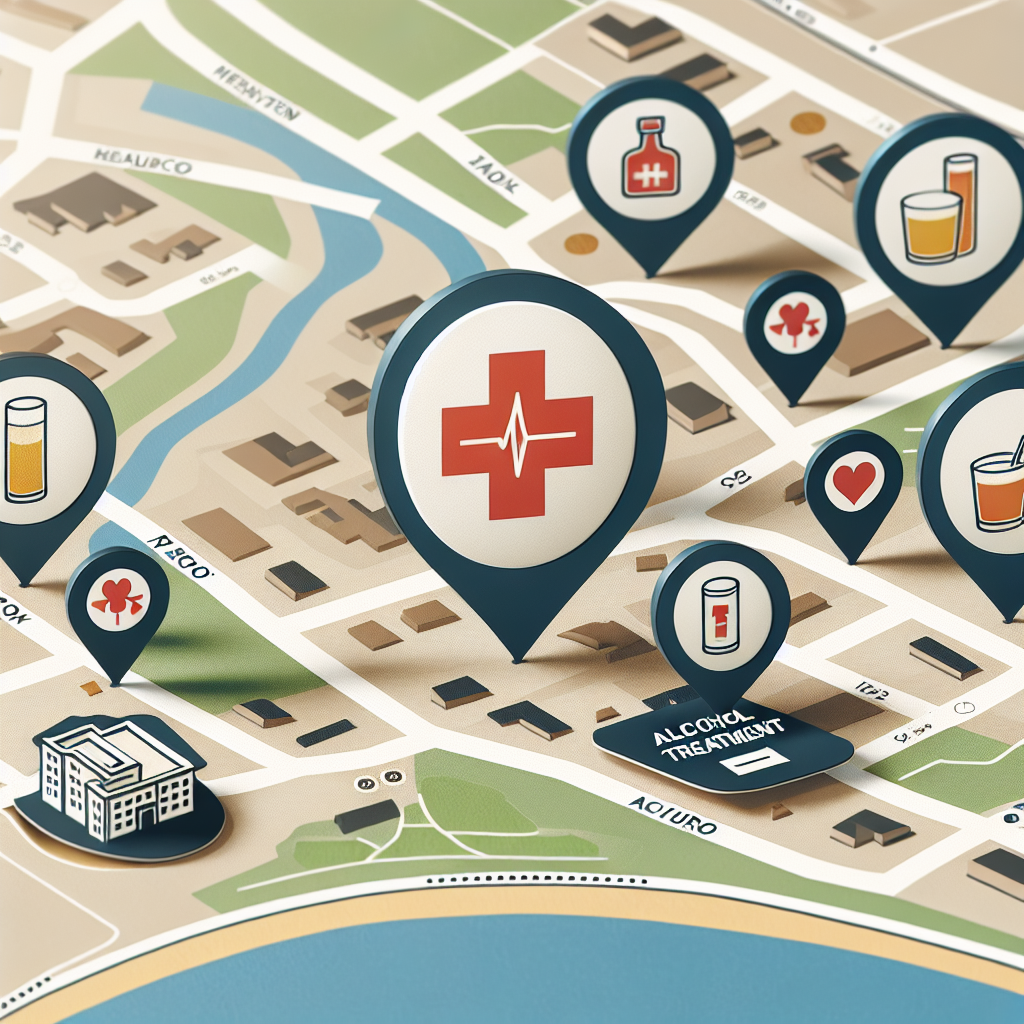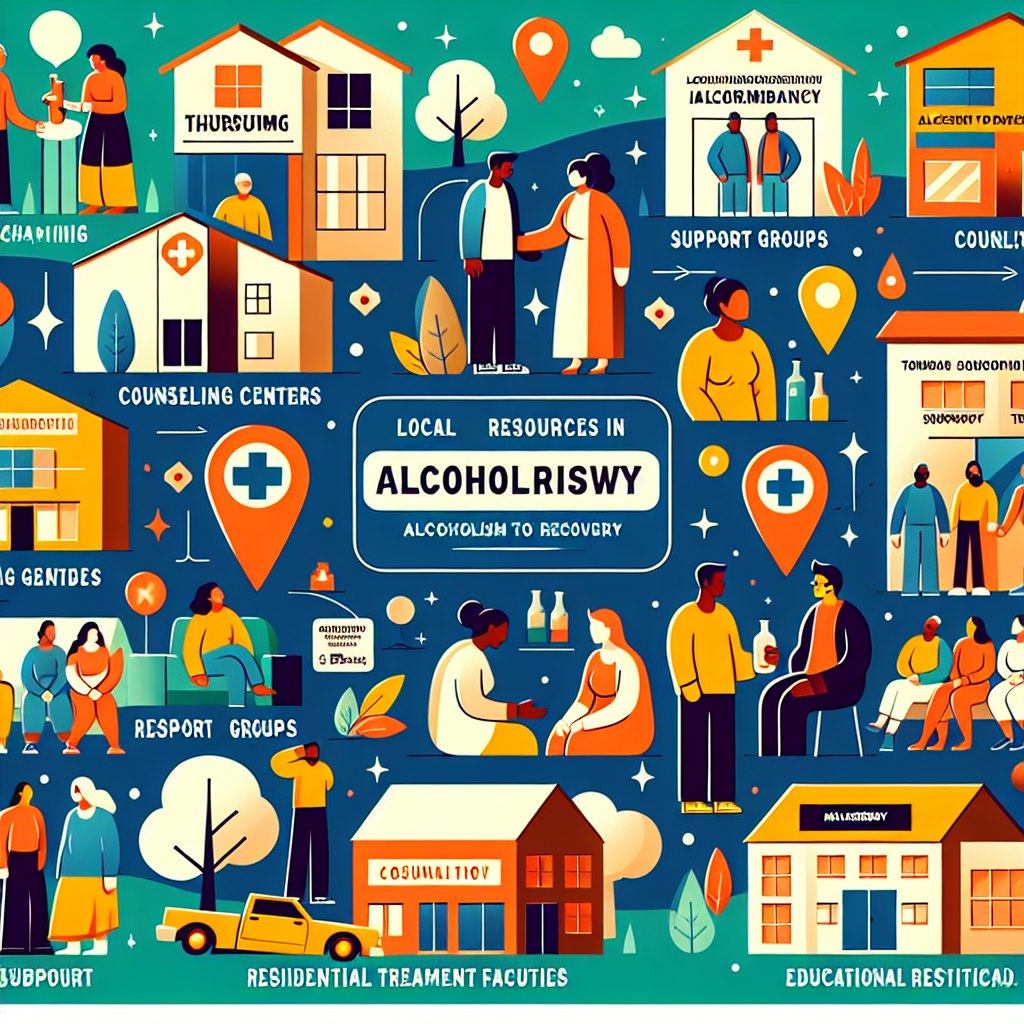-
Table of Contents

“Empower Your Journey: Practical Tips to Break Free from Drinking at Home”
Introduction
Struggling with alcohol consumption at home can be a challenging and isolating experience. However, there are practical strategies and tips that can help you regain control and reduce or eliminate your drinking habits. This guide provides actionable advice to support your journey towards sobriety, focusing on creating a supportive environment, developing healthier routines, and seeking the necessary resources and support systems. By implementing these tips, you can take meaningful steps towards a healthier, alcohol-free lifestyle.
Practical Strategies to Reduce Alcohol Consumption at Home
Reducing alcohol consumption at home can be a challenging yet rewarding journey. It requires a combination of self-awareness, practical strategies, and a supportive environment. By implementing a few key changes, you can create a healthier lifestyle and regain control over your drinking habits.
First and foremost, setting clear and realistic goals is essential. Begin by identifying why you want to cut back on alcohol. Whether it’s for health reasons, to improve relationships, or to enhance your overall well-being, having a clear purpose can provide the motivation needed to stay committed. Once you have your reasons, set specific, measurable goals. For instance, you might decide to limit yourself to a certain number of drinks per week or designate alcohol-free days.
Another effective strategy is to keep track of your drinking habits. Maintaining a journal where you record each drink can help you become more aware of your consumption patterns. This awareness can be eye-opening and may reveal triggers or situations that lead to excessive drinking. By understanding these patterns, you can develop strategies to avoid or cope with these triggers.
Creating a supportive environment at home is also crucial. Start by removing temptations. If you don’t have alcohol readily available, you’re less likely to drink impulsively. Instead, stock your home with non-alcoholic beverages that you enjoy. Herbal teas, sparkling water, and flavored seltzers can be satisfying alternatives. Additionally, consider rearranging your living space to minimize associations with drinking. For example, if you usually drink while watching TV, try engaging in other activities like reading, exercising, or pursuing a hobby.
Social support plays a significant role in reducing alcohol consumption. Share your goals with friends and family members who can offer encouragement and hold you accountable. You might also consider joining a support group, either in person or online. Connecting with others who are on a similar journey can provide valuable insights, motivation, and a sense of community.
Mindfulness and stress management techniques can also be beneficial. Many people turn to alcohol as a way to cope with stress or unwind after a long day. By incorporating mindfulness practices such as meditation, deep breathing exercises, or yoga into your routine, you can develop healthier ways to manage stress. These practices can help you stay present and make more conscious choices about your drinking.
It’s also important to celebrate your progress, no matter how small. Acknowledge your achievements and reward yourself in healthy ways. This could be treating yourself to a favorite meal, enjoying a relaxing bath, or spending time doing something you love. Positive reinforcement can boost your motivation and reinforce your commitment to reducing alcohol consumption.
Lastly, be patient and compassionate with yourself. Change is a gradual process, and setbacks are a natural part of any journey. If you slip up, don’t be too hard on yourself. Instead, reflect on what led to the lapse and use it as a learning opportunity. Revisit your goals, adjust your strategies if needed, and keep moving forward.
In conclusion, reducing alcohol consumption at home involves a combination of setting clear goals, tracking your habits, creating a supportive environment, seeking social support, practicing mindfulness, celebrating progress, and being patient with yourself. By implementing these practical strategies, you can take meaningful steps towards a healthier and more fulfilling life.
Creating a Supportive Environment for Sobriety at Home
Creating a supportive environment for sobriety at home is crucial for anyone looking to stop drinking. The journey to sobriety is often challenging, but with the right strategies and mindset, it is entirely achievable. One of the first steps in this process is to remove any alcohol from your home. This may seem like a simple task, but it can have a profound impact on your ability to resist temptation. By eliminating easy access to alcohol, you create a physical barrier that can help you stay committed to your goal.
In addition to removing alcohol, it is essential to identify and address any triggers that may lead you to drink. Triggers can be anything from certain times of the day to specific emotions or social situations. By recognizing these triggers, you can develop healthier coping mechanisms to deal with them. For example, if stress is a trigger for you, consider incorporating relaxation techniques such as meditation, deep breathing exercises, or yoga into your daily routine. These practices can help you manage stress without turning to alcohol.
Another important aspect of creating a supportive environment is to communicate your goals with those you live with. Letting your family or roommates know about your decision to stop drinking can provide you with additional support and accountability. They can help by not bringing alcohol into the home and by offering encouragement when you need it most. Furthermore, having open and honest conversations about your journey can strengthen your relationships and create a more understanding and supportive atmosphere.
Building a network of support outside the home is equally important. Joining a support group, whether in person or online, can provide you with a sense of community and shared experience. These groups offer a safe space to discuss your challenges and successes with others who understand what you are going through. Additionally, seeking professional help from a therapist or counselor can provide you with personalized strategies and tools to maintain your sobriety.
Creating new routines and habits can also play a significant role in your journey to sobriety. Establishing a daily schedule that includes activities you enjoy can help fill the time you previously spent drinking. Engaging in hobbies, exercising, or volunteering can provide a sense of purpose and fulfillment. These activities not only distract you from the urge to drink but also contribute to your overall well-being.
It is also important to celebrate your milestones, no matter how small they may seem. Acknowledging your progress can boost your motivation and remind you of how far you have come. Whether it is a week, a month, or a year of sobriety, take the time to reward yourself in a healthy and meaningful way. This could be anything from treating yourself to a nice meal, taking a day trip, or simply spending time with loved ones.
Lastly, be kind to yourself throughout this journey. Sobriety is not always a linear path, and setbacks may occur. Instead of viewing these setbacks as failures, see them as opportunities to learn and grow. Reflect on what led to the setback and how you can address it moving forward. Remember that every step you take towards sobriety is a step towards a healthier and happier life.
By creating a supportive environment at home, identifying and addressing triggers, building a network of support, establishing new routines, celebrating milestones, and practicing self-compassion, you can successfully navigate the path to sobriety. Your commitment to this journey is a testament to your strength and resilience, and with each passing day, you are moving closer to a life free from the grip of alcohol.
Q&A
1. **Question:** What is one effective strategy to reduce alcohol consumption at home?
**Answer:** One effective strategy is to remove all alcohol from your home to reduce temptation and make it less convenient to drink.
2. **Question:** How can setting goals help in stopping drinking at home?
**Answer:** Setting clear, achievable goals can provide motivation and a sense of direction, helping you to stay focused and measure your progress in reducing or stopping alcohol consumption.
Conclusion
In conclusion, successfully stopping drinking at home involves a combination of strategies such as setting clear goals, removing alcohol from your environment, seeking support from friends, family, or support groups, finding alternative activities to replace drinking, and practicing self-care and stress management techniques. Consistency and commitment to these practices can significantly aid in reducing or eliminating alcohol consumption, leading to a healthier and more fulfilling lifestyle.



